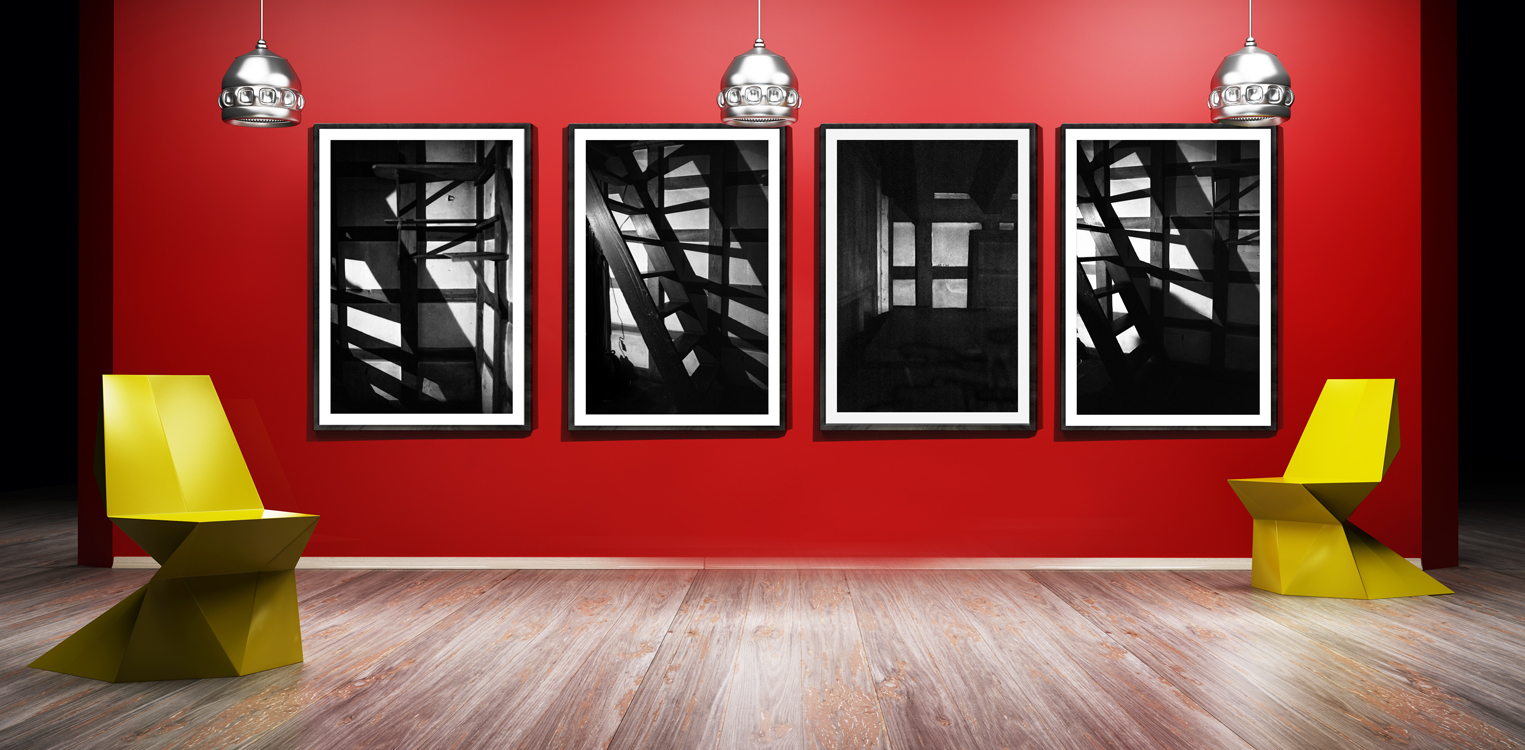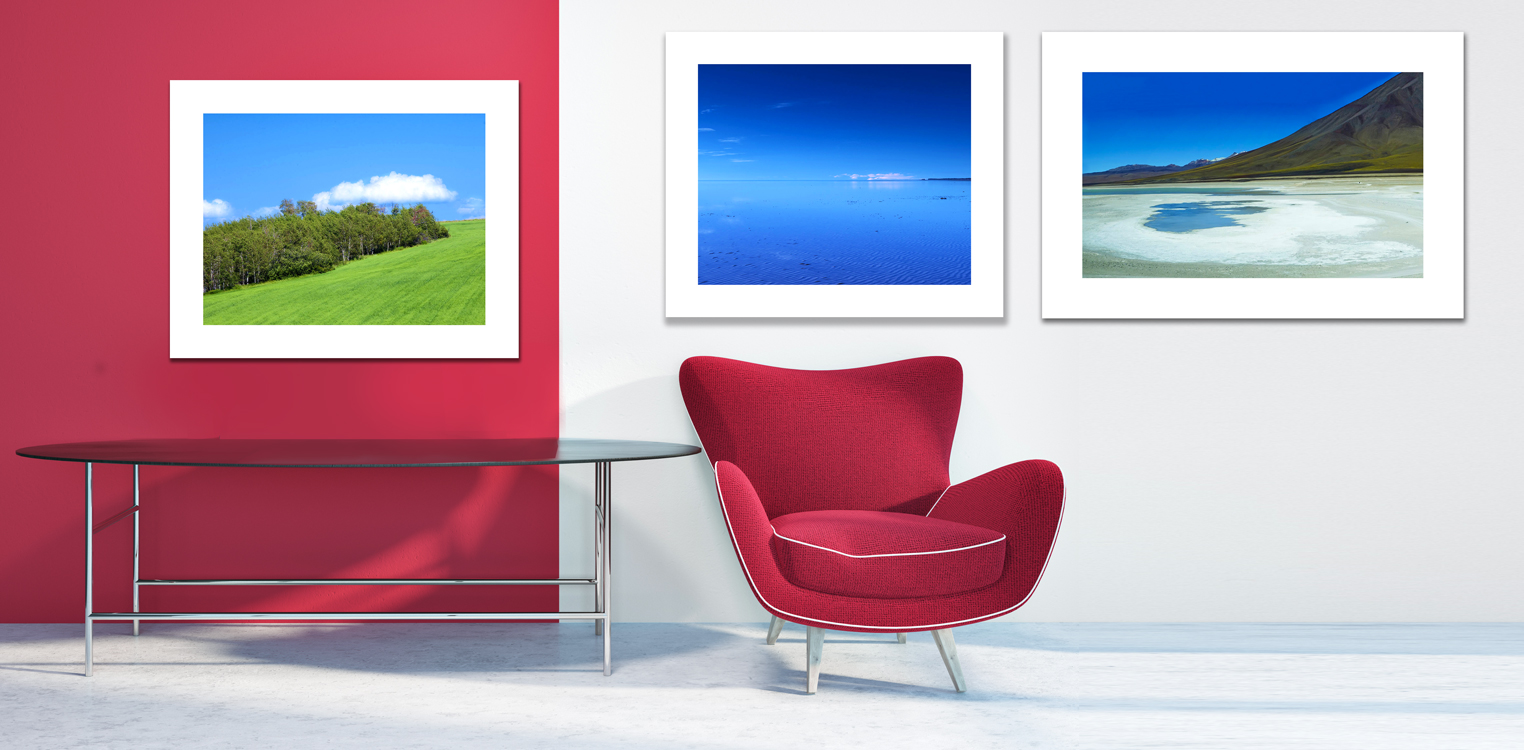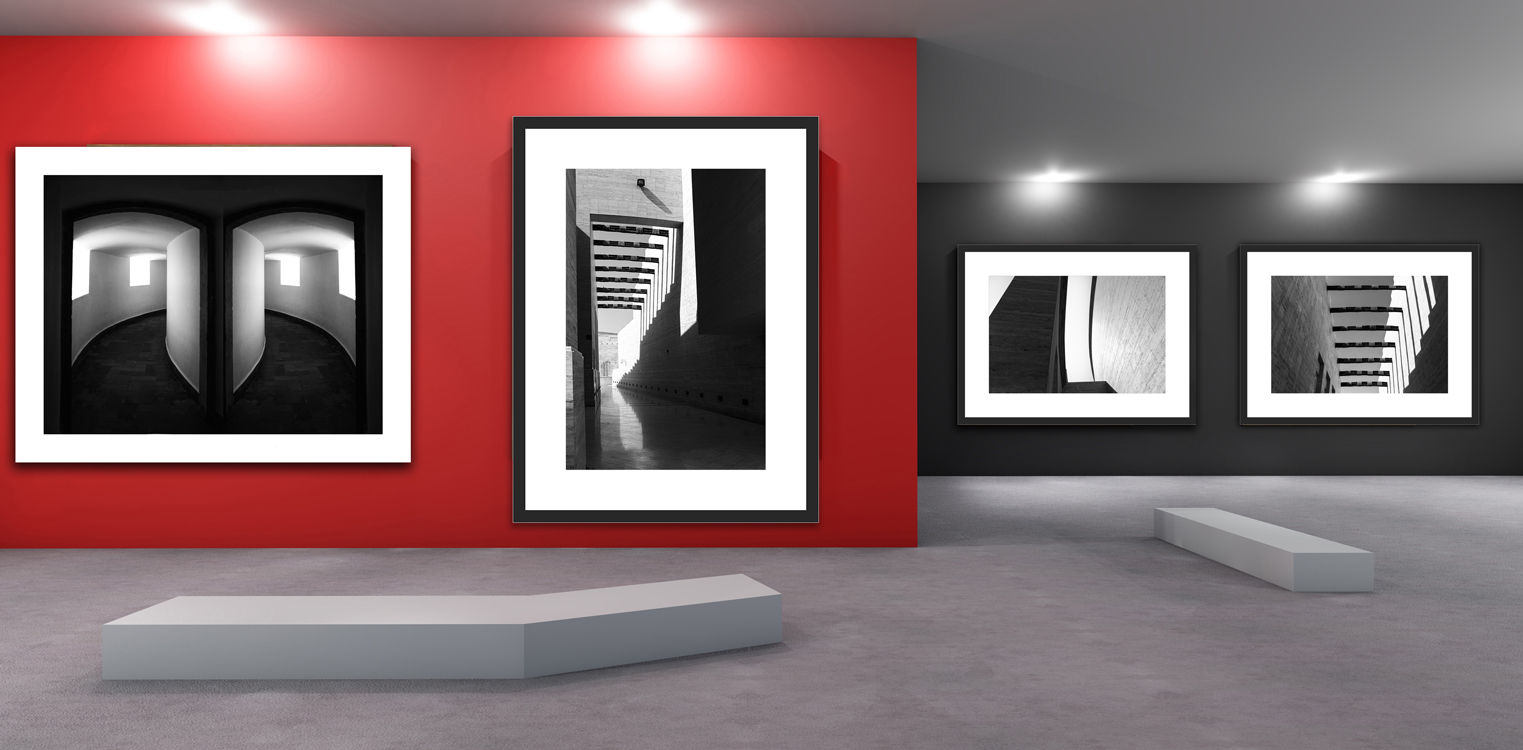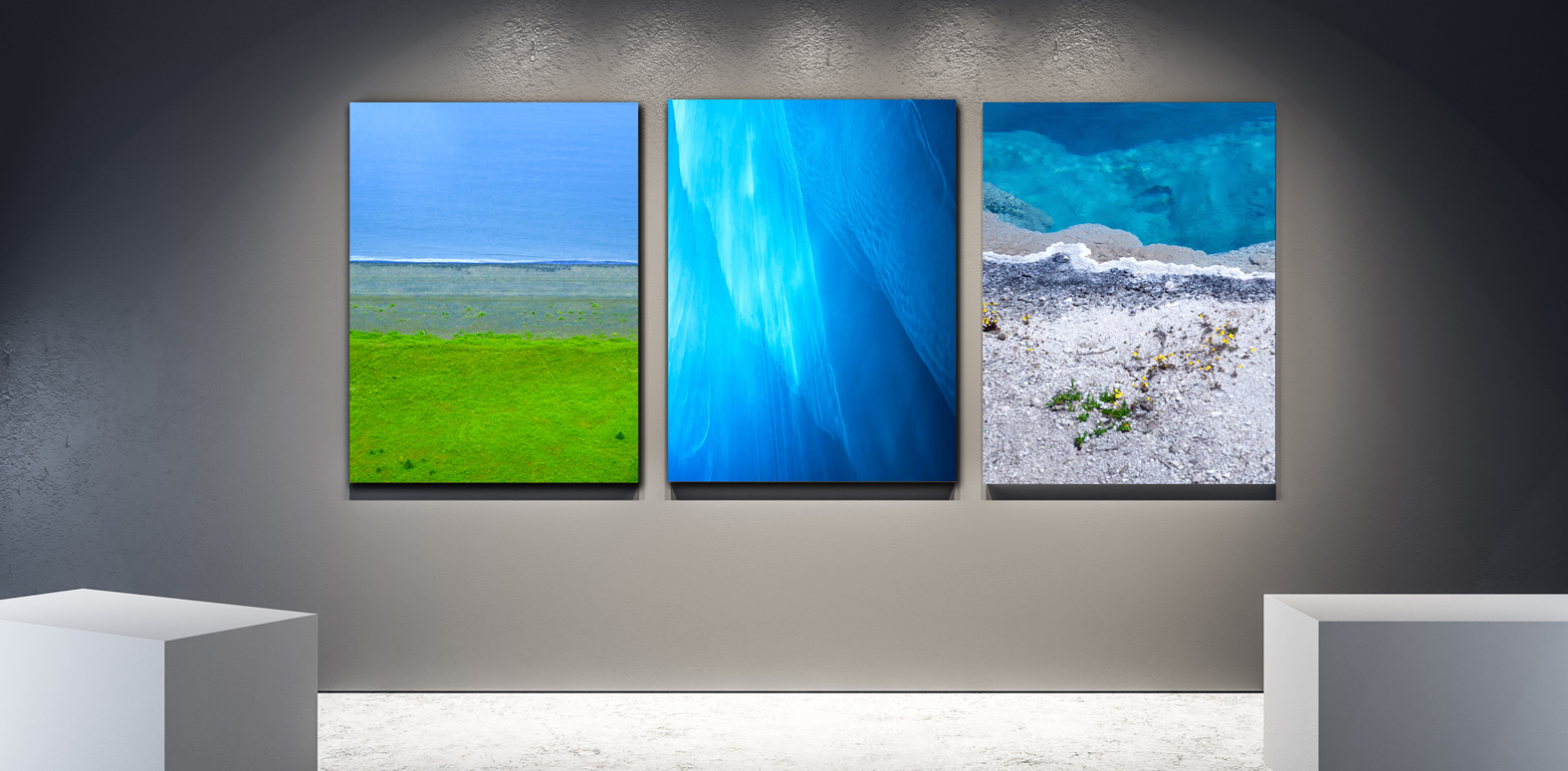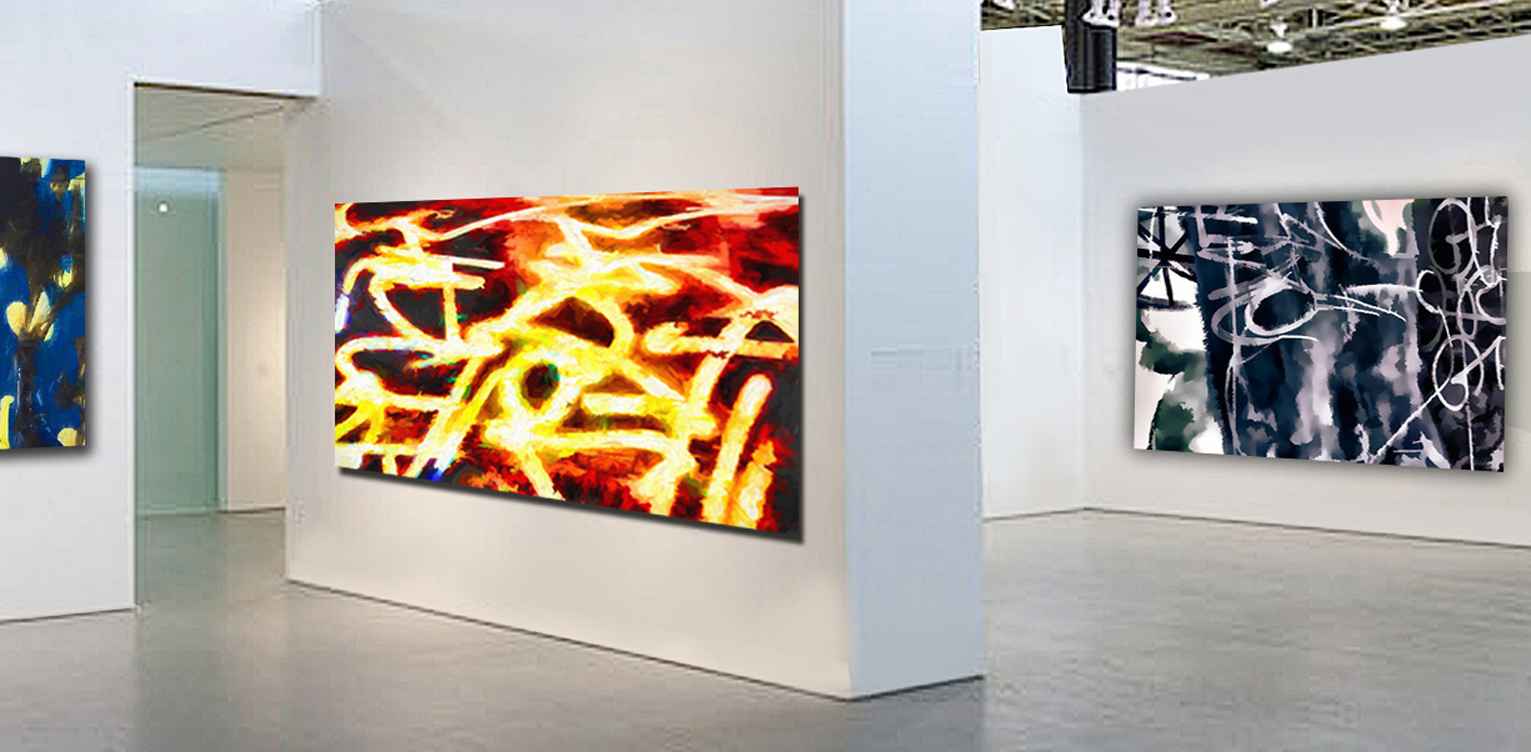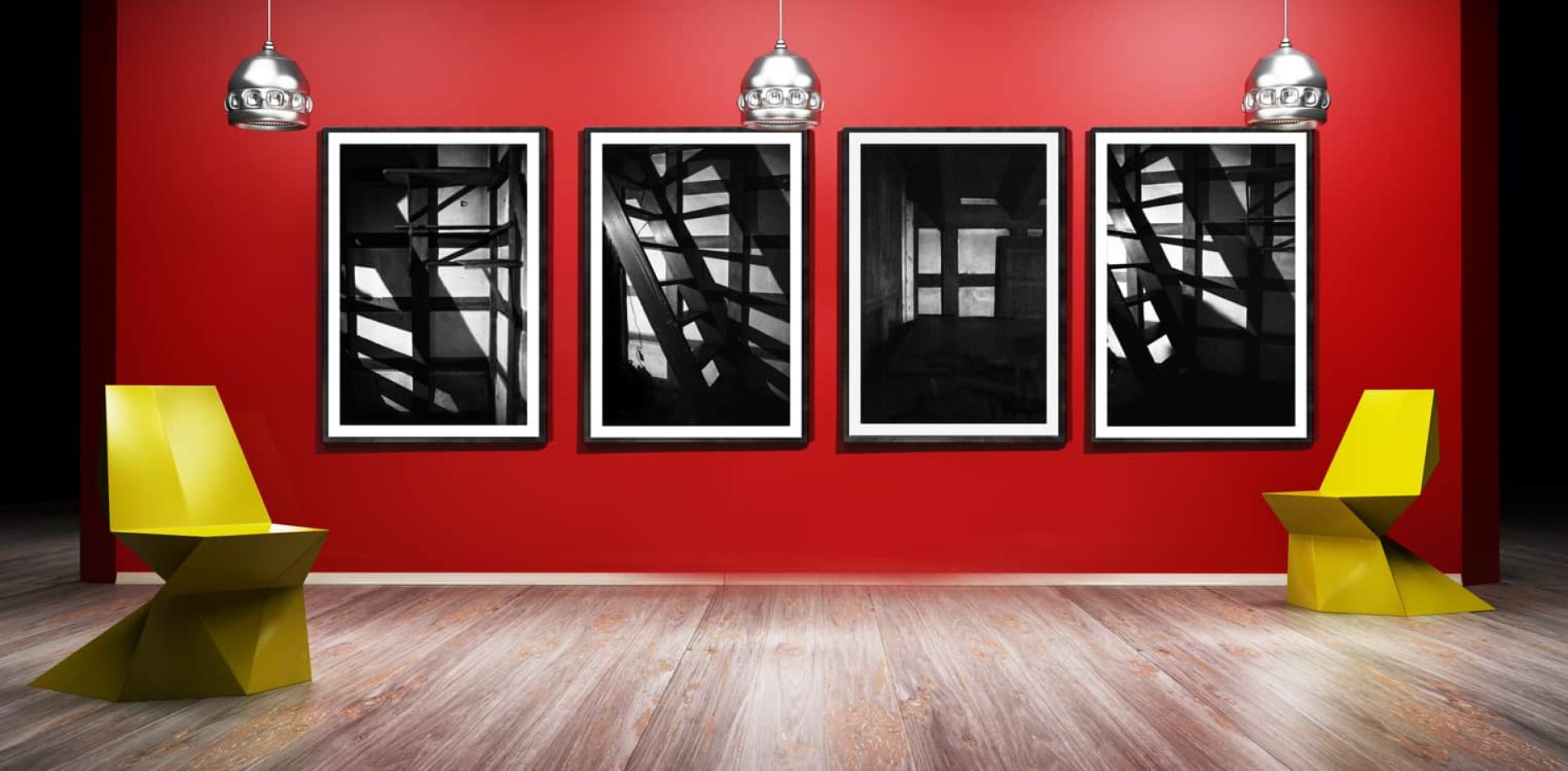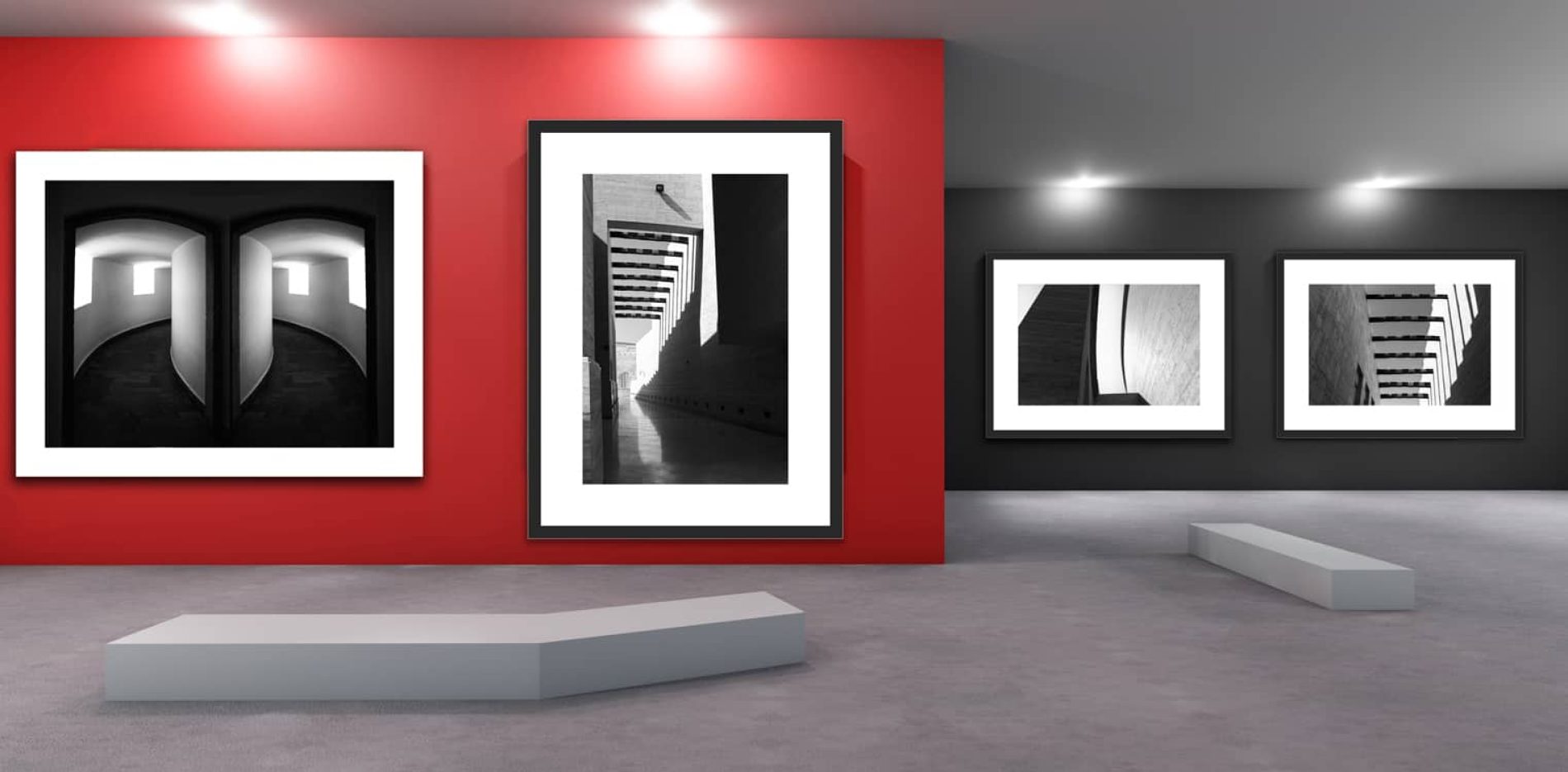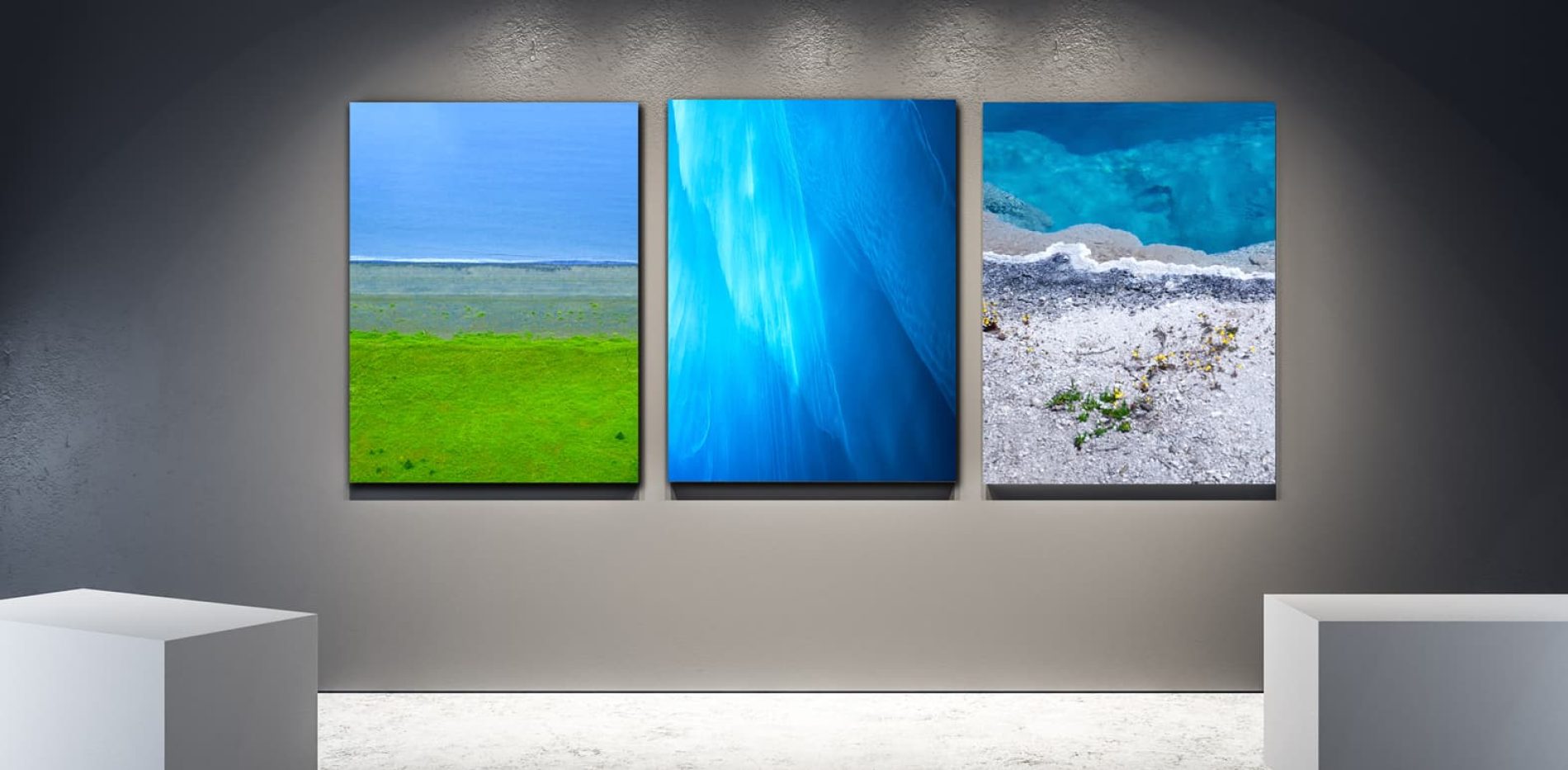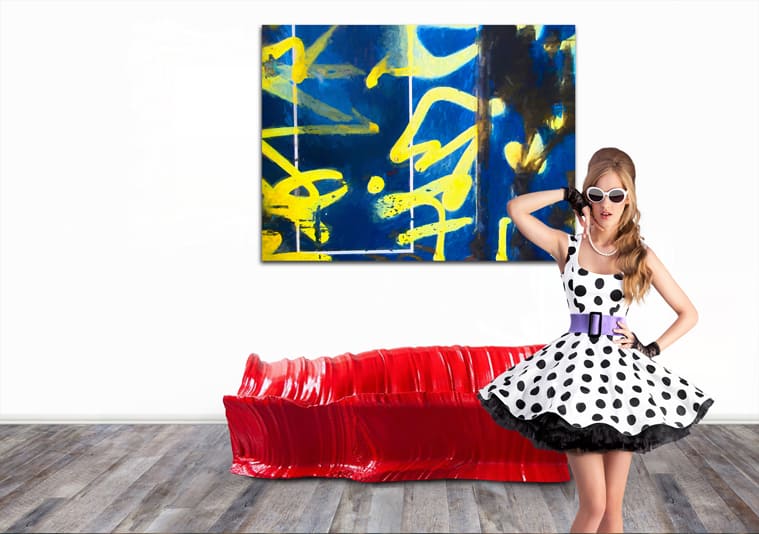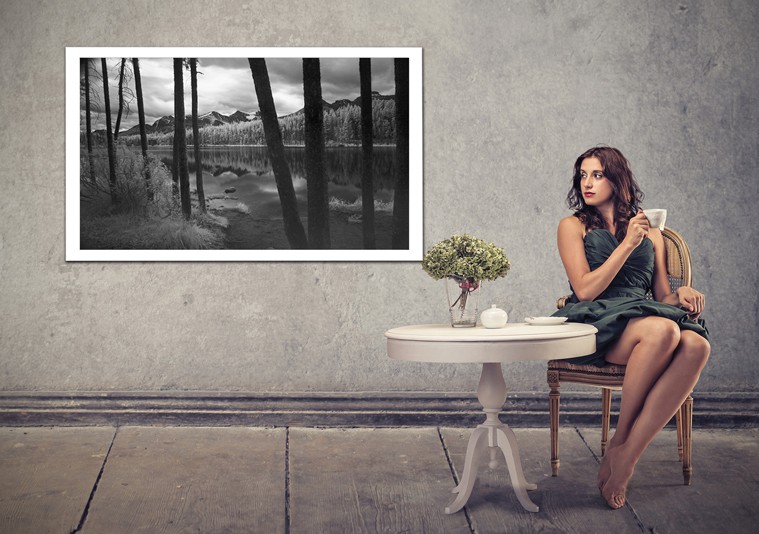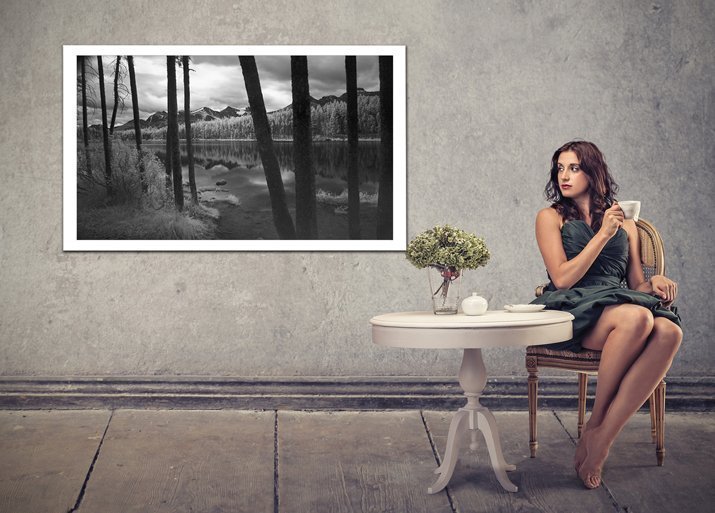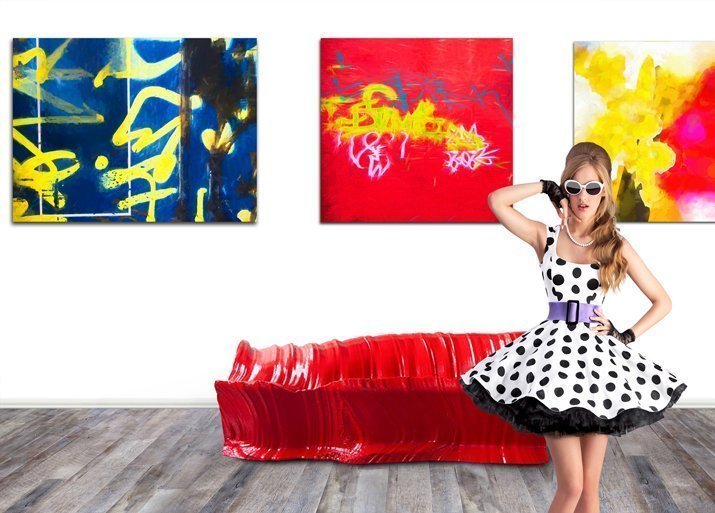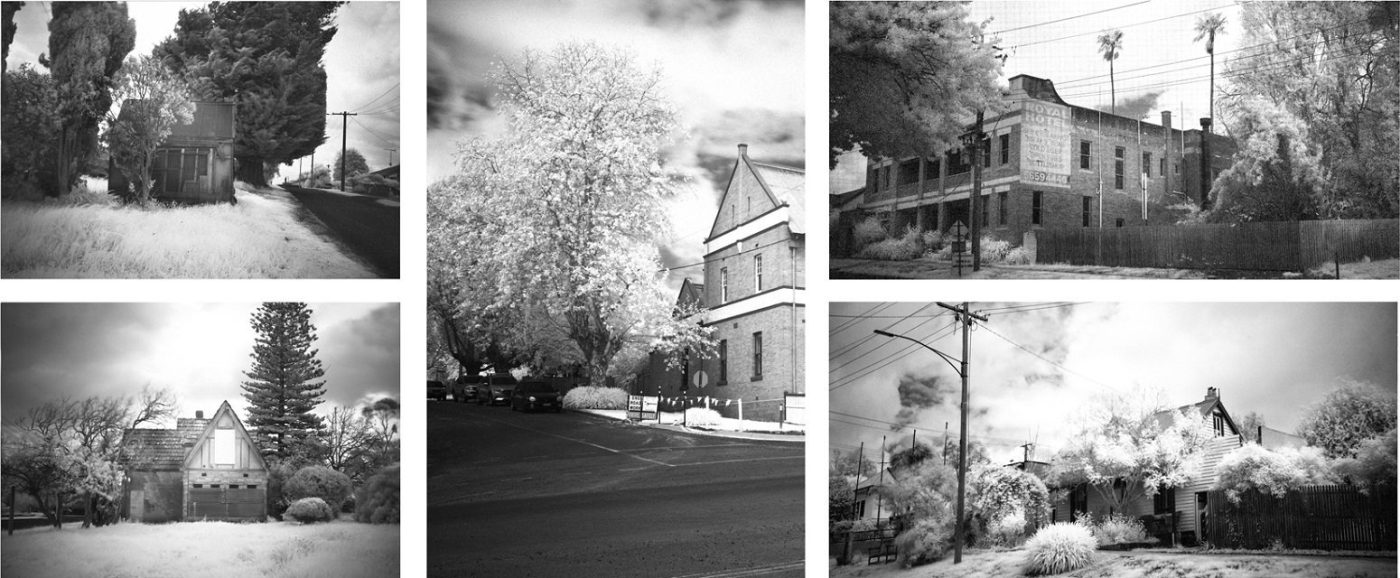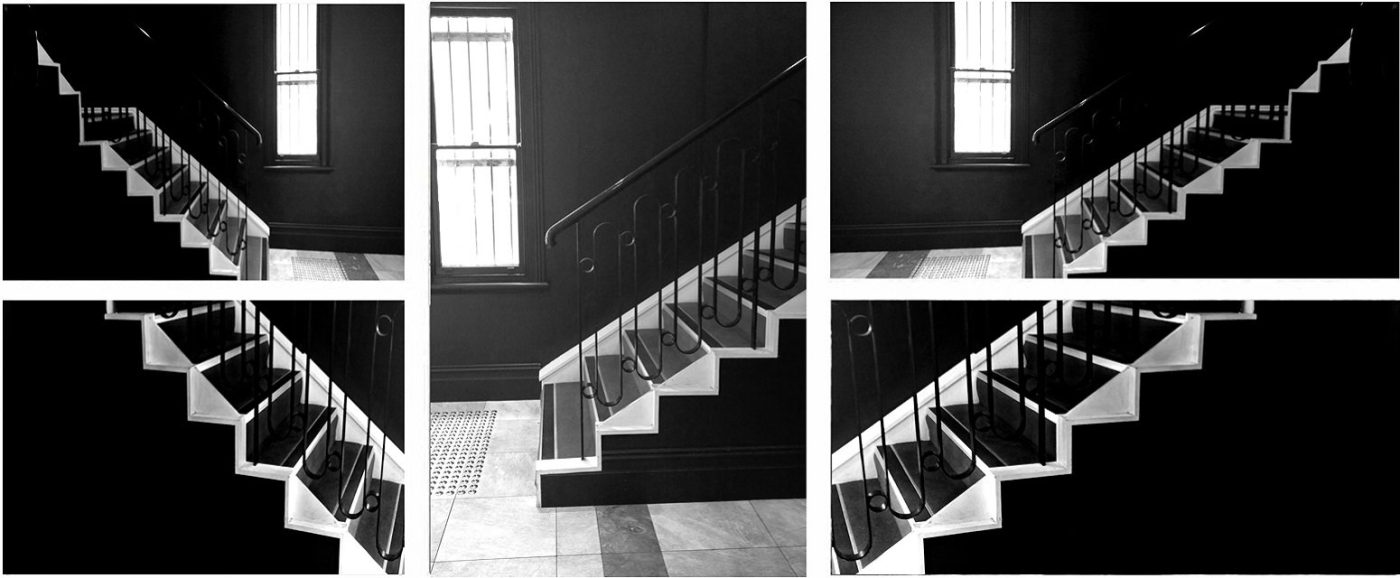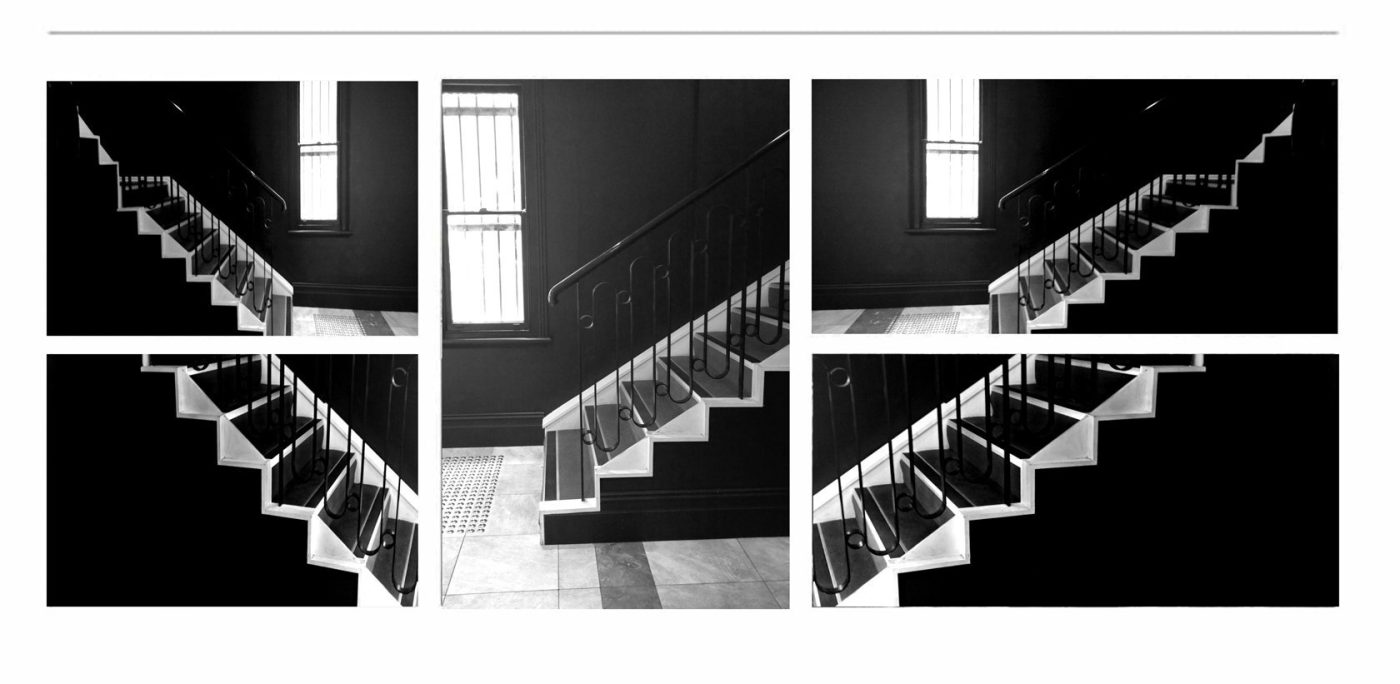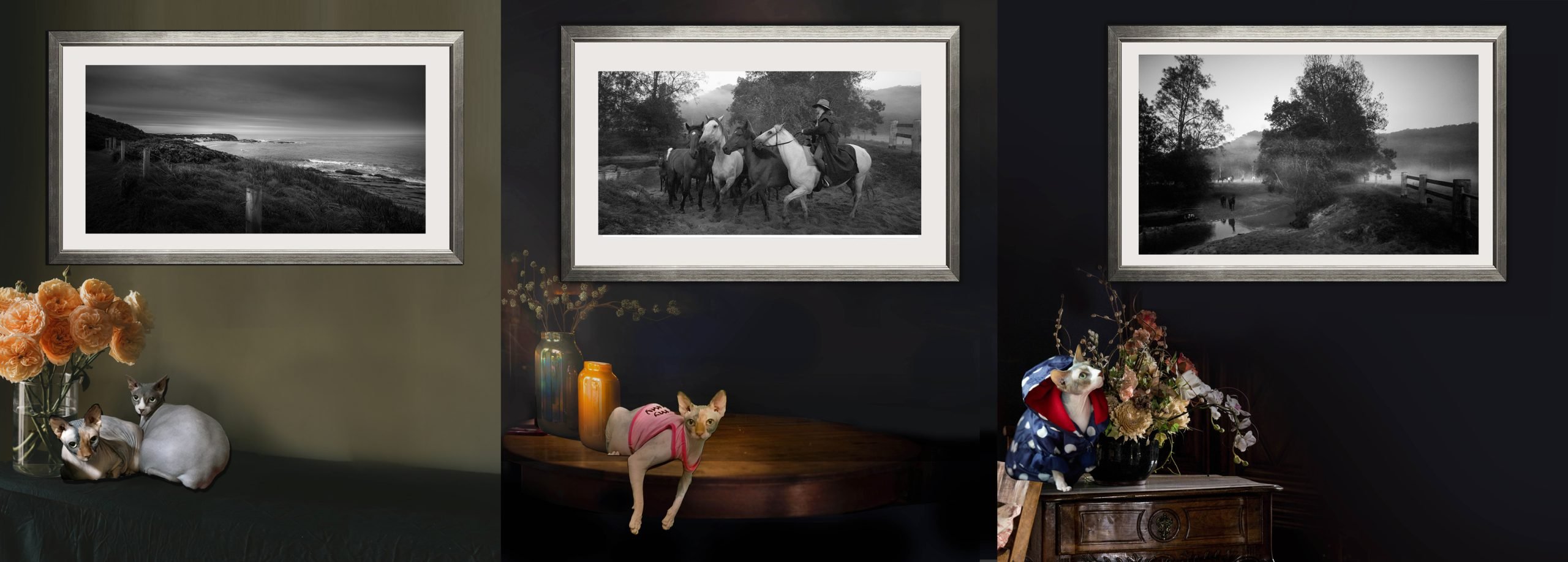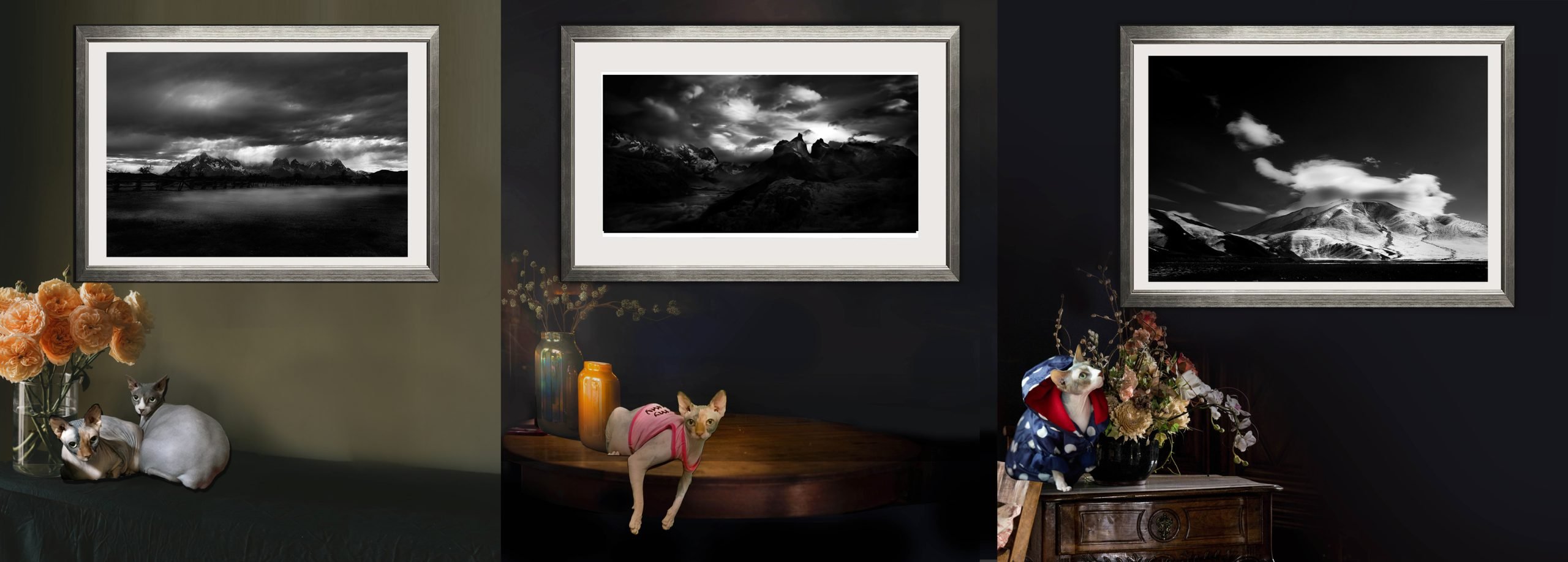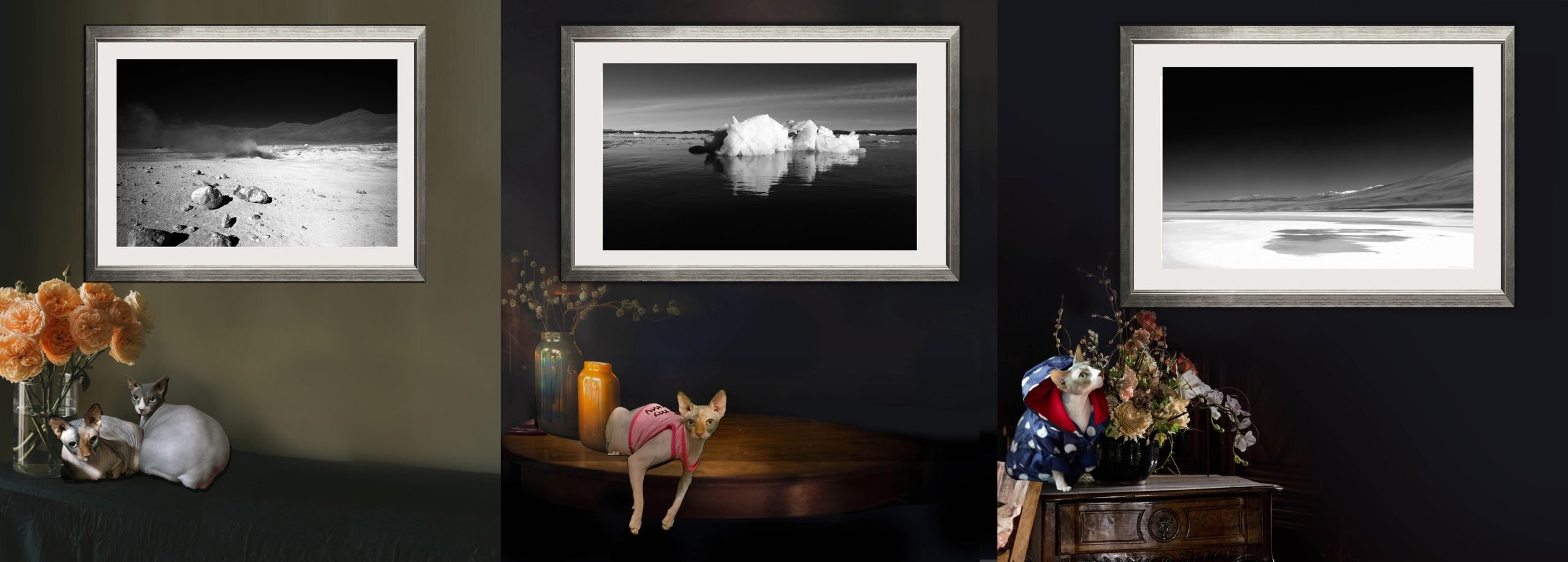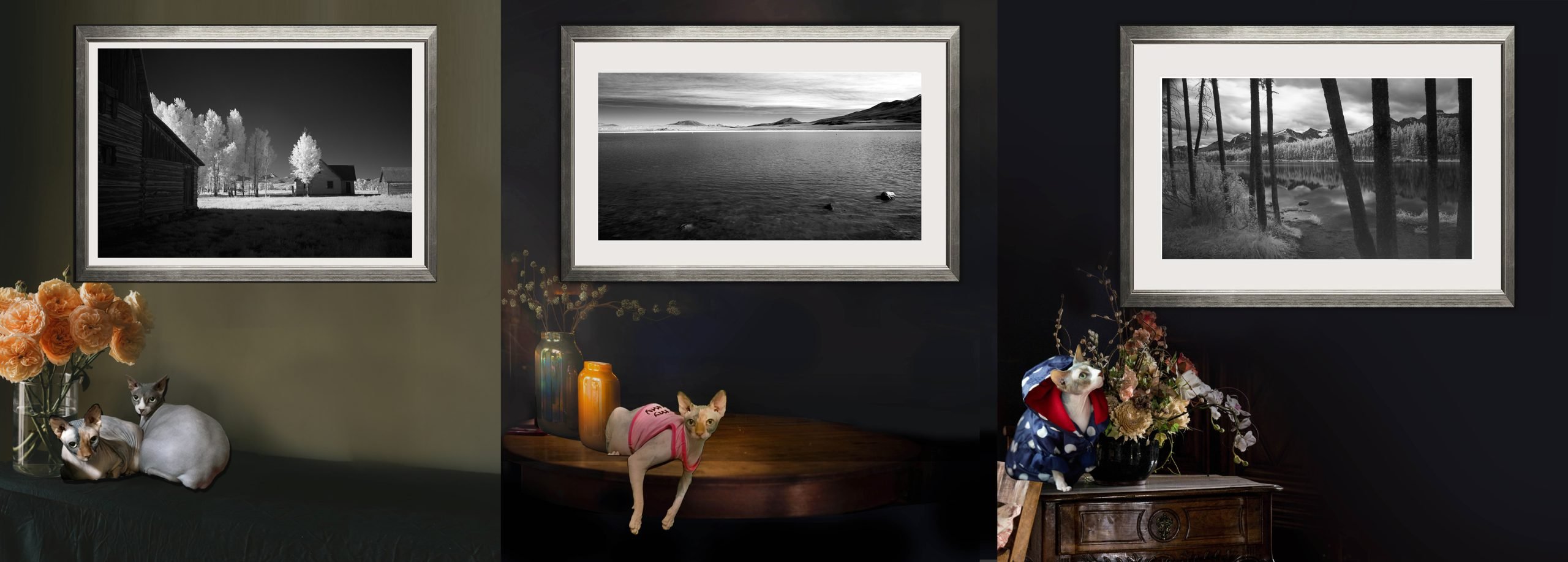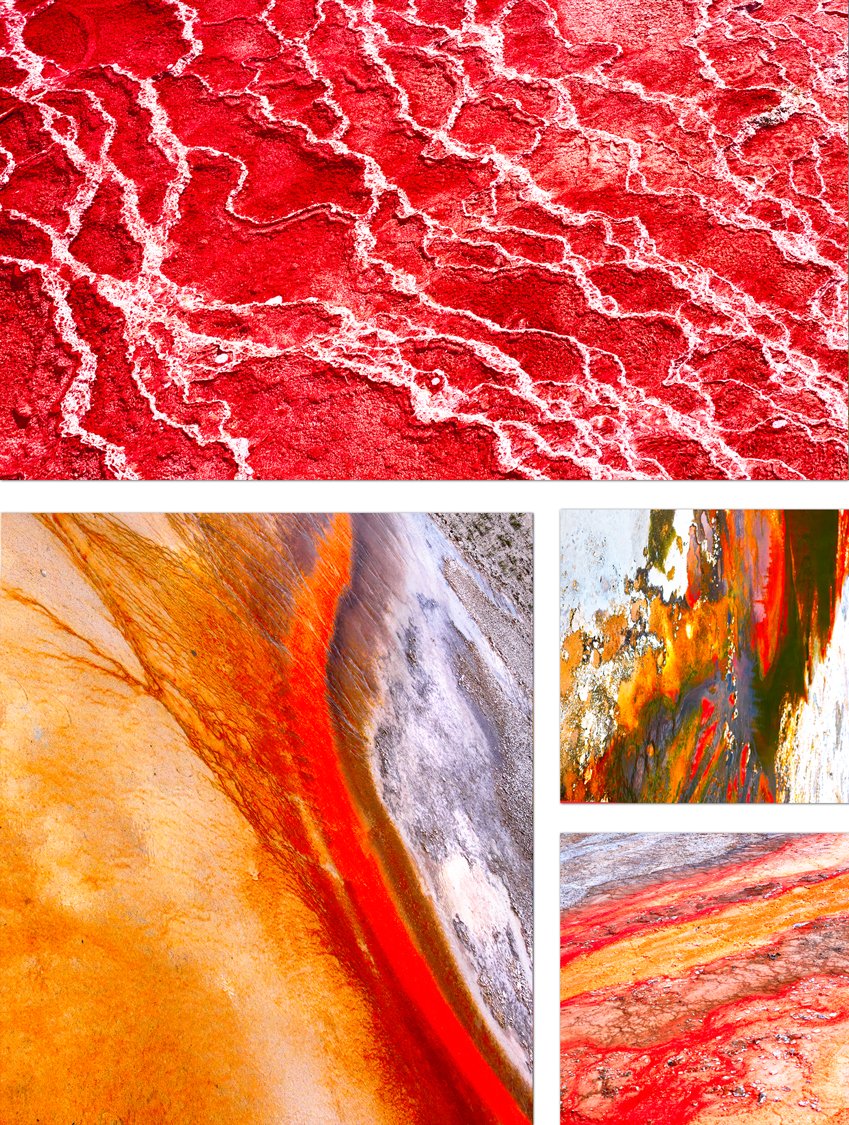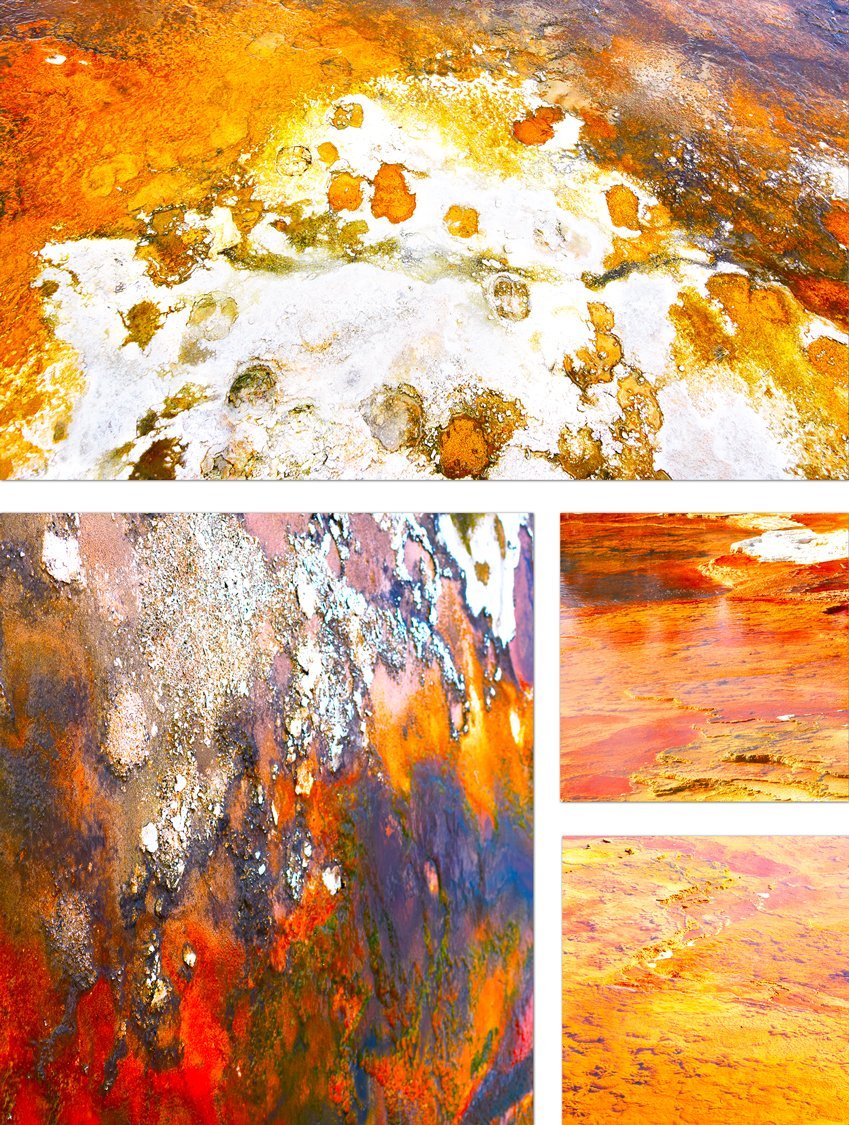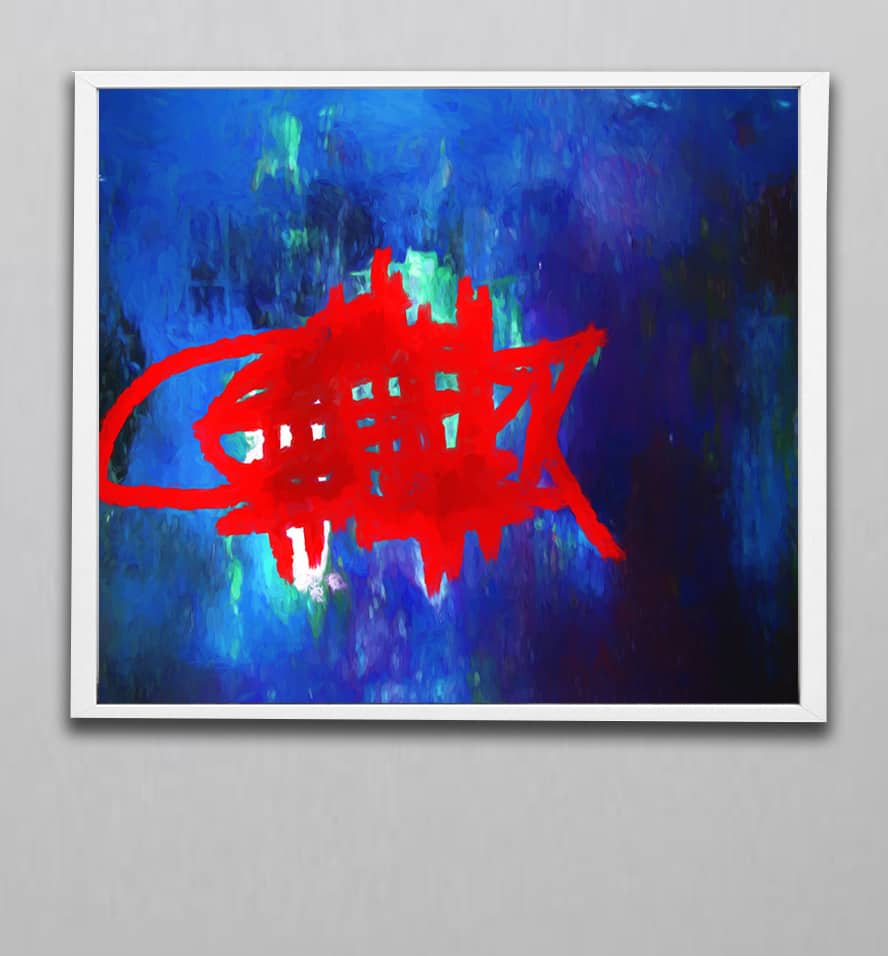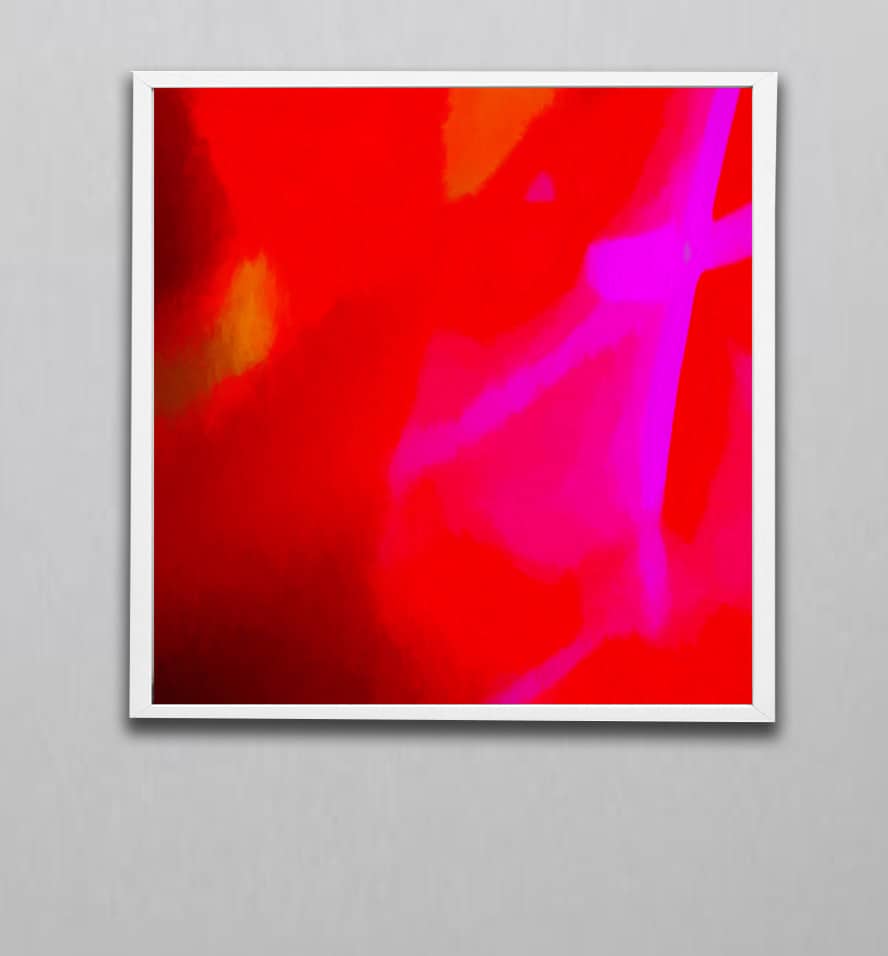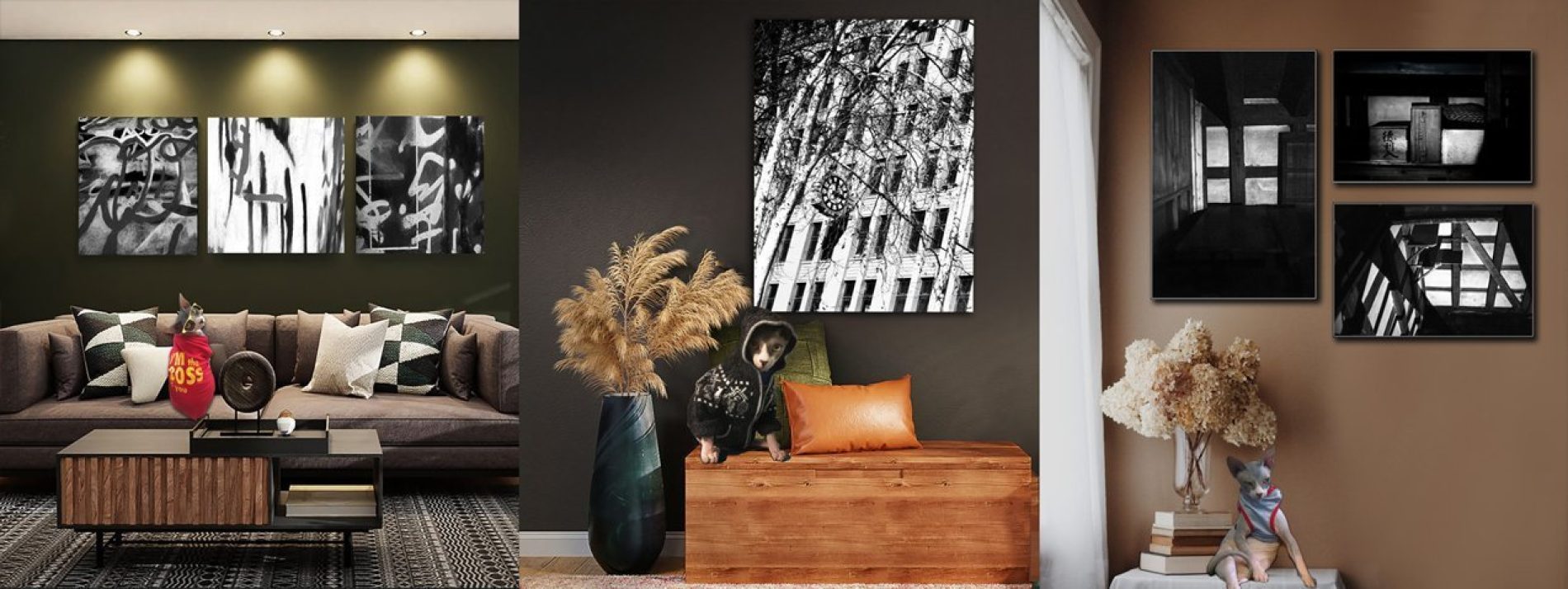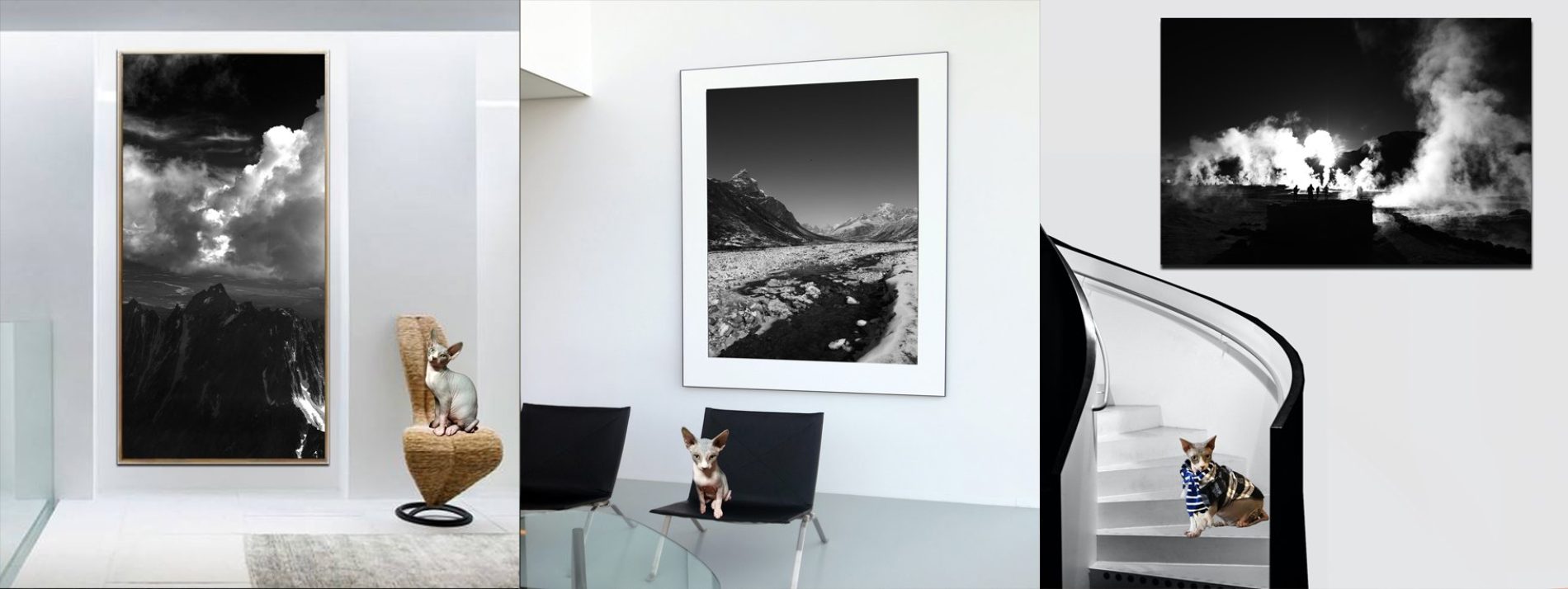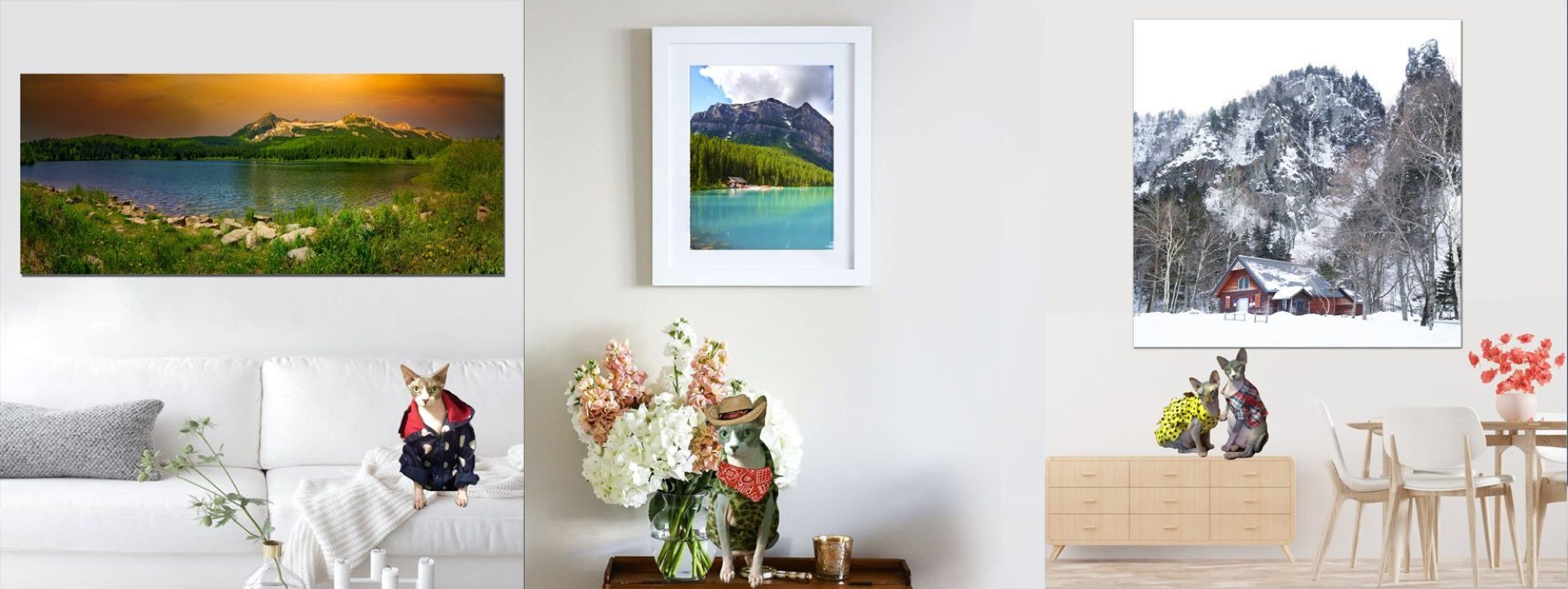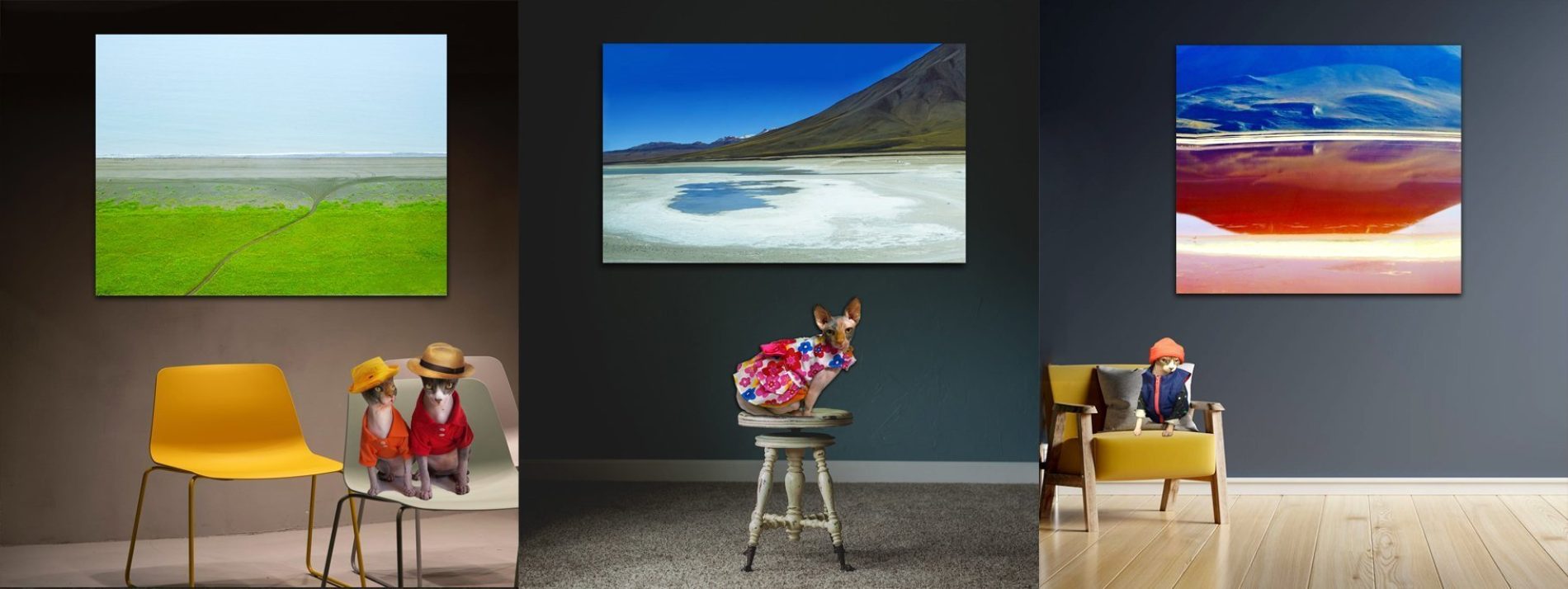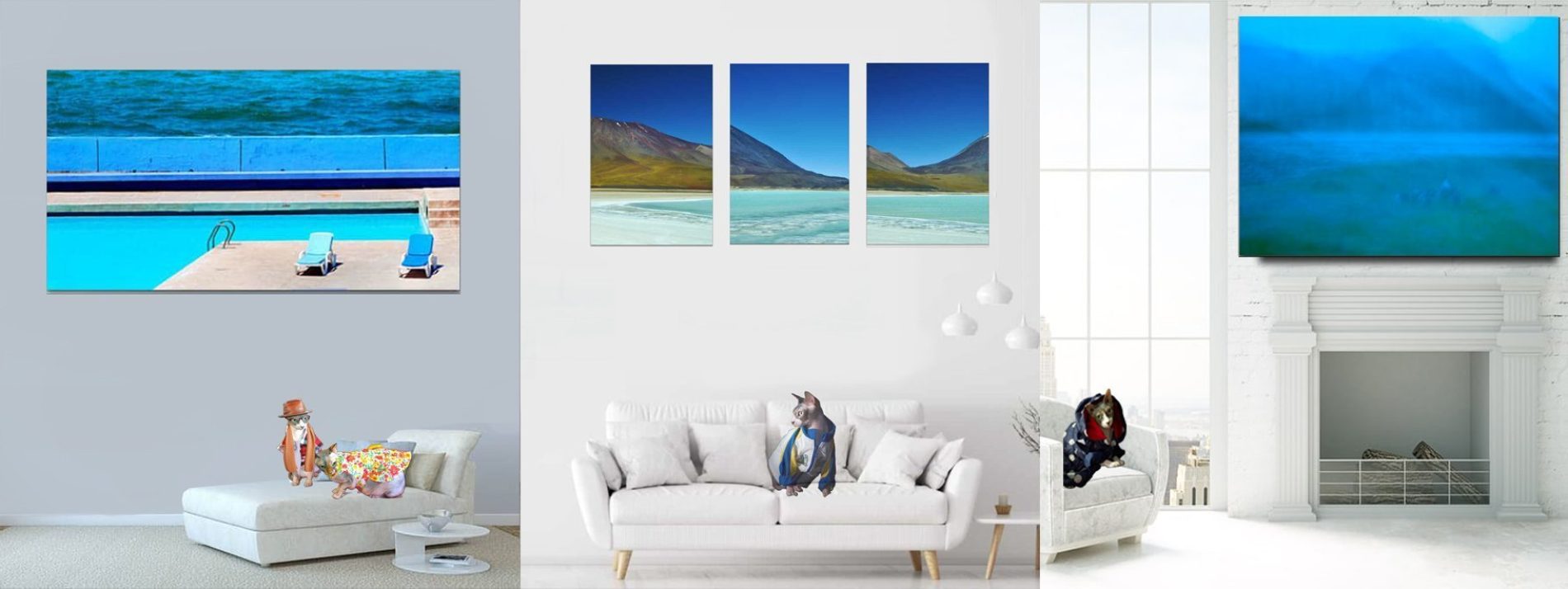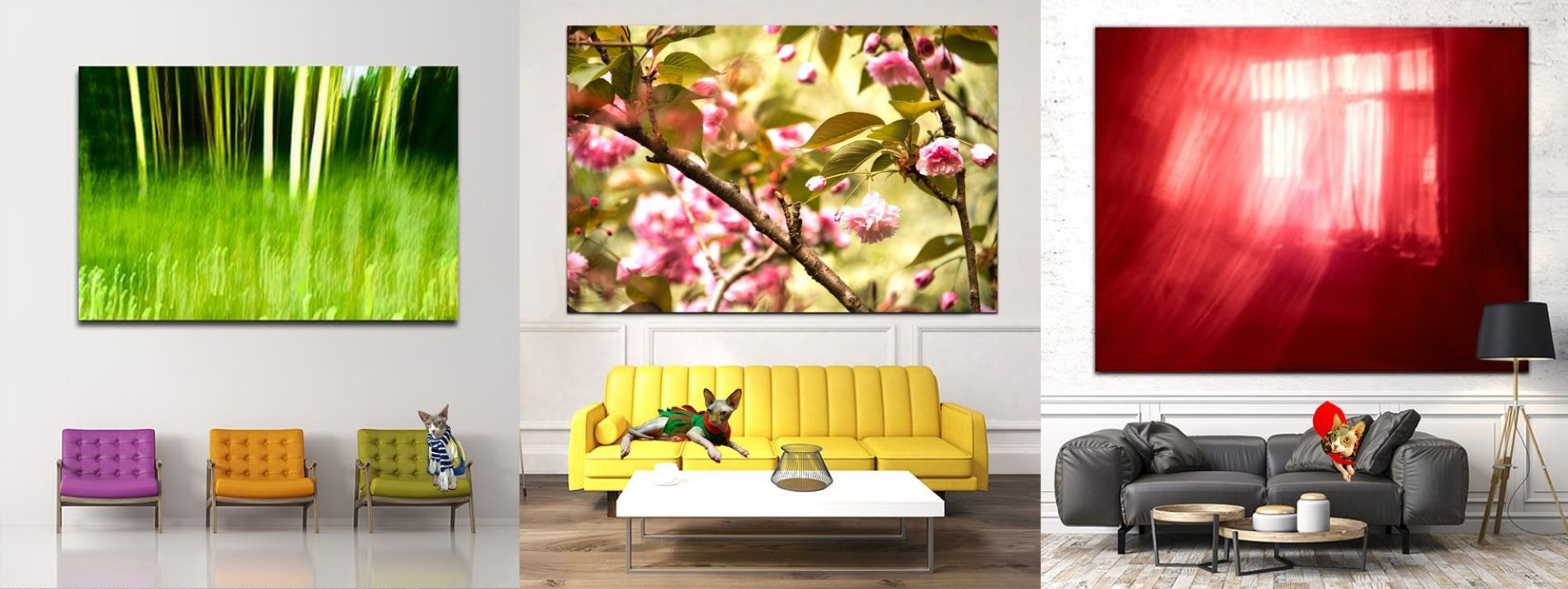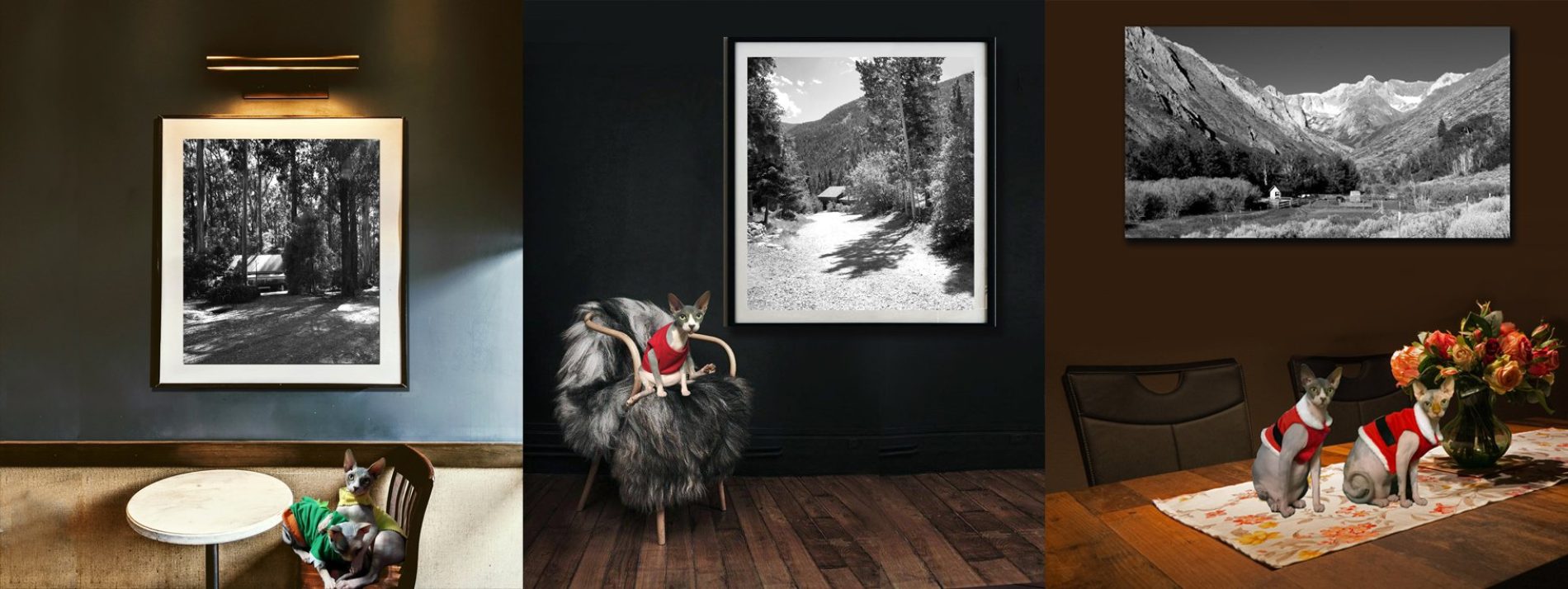These FAQs cover a wide range of topics related to the care and preservation of fine art prints, from environmental conditions and handling to storage and framing practices. They are designed to provide concise and informative answers that encourage readers to explore the content further.
Q: What are the biggest threats to fine art prints at home?
The main risks are heat, humidity, UV light, and exposure to pollutants. These can cause warping, fading, mold growth, and permanent material damage.
Discover in-depth tips below to protect your artwork!
Q: Can I display fine art prints in bathrooms or kitchens?
No, bathrooms and kitchens are not suitable due to high humidity and airborne oils. These environments lead to staining and warping.
Learn which rooms are safest in our guide below!
Q: How does UV light affect fine art prints?
UV rays cause irreversible fading of colors, yellowing, and weakening of print materials. Even minimal exposure accumulates damage over time.
See our section on UV protection for must-have framing tips!
Q: What’s the safest temperature and humidity range for art prints?
Keep prints in stable room conditions: 20-22°C (68-72°F) and 35-55% humidity to prevent damage.
Dive deeper for climate control strategies in your home!
Q: Is outdoor display safe for fine art prints?
No, prints and frames designed for interiors are easily damaged by outdoor weather, temperature swings, and dampness.
Compare indoor vs. outdoor risks in the sections below.
Q: What is UV-filtering glazing and do I need it?
UV-filtering glazing is a special glass or acrylic that blocks harmful light. It’s highly recommended to prevent art degradation.
Get advice on choosing the right frame and glazing below!
Q: How should I handle fine art prints to avoid damage?
Always use clean hands or cotton gloves, and support prints from underneath. Never touch the surface directly.
See our step-by-step handling guide for collectors!
Q: Are household cleaners safe for fine art prints?
No. Avoid household cleaners and paper towels. Gently dust with a soft microfiber cloth; consult professionals for tough stains.
More cleaning dos and don’ts explained below!
Q: Can I frame prints myself, or should I consult a professional?
Professional framing with acid-free materials and UV-glazing is strongly recommended to ensure longevity and avoid accidental damage.
Compare DIY vs. professional framing in our comprehensive guide!
Q: What are signs that my print is being damaged?
Watch for fading, mold spots, warping, blistering, or discoloration. These require immediate attention to prevent permanent loss.
Read how to spot and address early warning signs below!
Q: How should I store unframed fine art prints?
Store in acid-free sleeves or boxes, flat in a cool, dry, and dark environment, away from moisture and stacking pressure.
Get expert storage tips for seasonal rotation and preservation!
Q: Can I hang prints over fireplaces or heating vents?
No, avoid areas above heat sources. Heat fluctuations cause warping, blistering, and can weaken adhesives.
See our room-by-room recommendations for art placement.
Q: Should I worry about dust accumulating on my prints?
Yes. Dust gently with a soft cloth to avoid scratches. Never use sprays, and check regularly for buildup.
Read more about ongoing print maintenance below!
Q: What kind of backing and matting do museum-quality frames use?
Choose acid-free backing and mat boards with sealed, sturdy frames to prevent dust and chemical transfer.
Explore the best framing materials for your collection!
Q: Can cooking fumes affect my fine art prints?
Yes, cooking oils and fumes cause staining and attract dust. Never hang prints in kitchens.
Find safe display alternatives in the next section!
Q: Why should prints never be stacked directly atop one another?
Direct stacking causes abrasion, pressure marks, and possible ink transfer. Always separate with archival sleeves.
See our best practices for art storage below!
Q: When should I call a professional art conservator?
If you notice mold, heavy fading, warping, or any physical deterioration, contact a conservator—DIY fixes can cause more harm.
Get expert advice and resources for art repair.
Q: How often should I check my prints for damage?
Regularly inspect prints—at least every few months—especially if displayed near windows or humid areas.
Use our printable checklist for ongoing art care!
Q: What’s the best way to transport fine art prints?
Wrap securely, support from underneath, and avoid pressure on the frame or glass. Never stack heavy items on top during a move.
Find our top transport solutions for art collectors below.
Q: Can fading or yellowing of prints be reversed?
No, UV and chemical damage are permanent. The best approach is prevention through proper display and care.
See proactive steps to keep your art vibrant for years!
Q: Where should I avoid displaying fine art prints?
Avoid areas like above fireplaces, radiators, or heating vents, bathrooms, kitchens, laundry rooms, basements, or uninsulated storage areas.
Q: What is the best way to clean fine art prints?
Use a soft microfiber cloth for dusting, and avoid spraying any liquid directly on the surface. Consult a professional for deep cleaning or repair.
Q: How can I protect fine art prints from UV damage?
Use UV-filtering glazing when framing your artwork.
Q: What should I look for in a frame for fine art prints?
Look for acid-free backing and mat boards, UV-resistant glass or acrylic, sturdy, sealed frames, and adequate spacing between print and glazing.
Q: Can I frame fine art prints myself?
It’s recommended to use professional framing services unless you’re experienced in archival methods.
Q: How often should I clean fine art prints?
Regular maintenance is recommended to keep your art looking fresh without causing harm.
Q: What are the ideal environmental conditions for storing fine art prints?
Store them in a cool, dry environment with a consistent temperature between 68-72°F (20-22°C) and relative humidity of 35-55% to prevent warping or mold growth.
Q: What positions should be avoided when displaying fine art prints?
Avoid placing prints above fireplaces, radiators, or heating vents. Also, avoid displaying them in bathrooms, kitchens, or laundry rooms.
Q: How can UV light damage be prevented?
Use UV-filtering glazing when framing your artwork to protect it from harmful UV radiation.
Q: What are the essential materials for framing fine art prints?
Look for acid-free backing and mat boards, UV-resistant glass or acrylic, and sturdy, sealed frames.
Q: How can I maintain the condition of my fine art prints over time?
Regularly dust frames gently with a soft cloth and inspect for signs of mold or fading.
Q: What are the risks of storing prints in basements or cellars?
These areas are prone to moisture, which can lead to mold growth and damage to prints.
Q: How can I prevent warping or mold on fine art prints?
Maintain a consistent environment with minimal temperature and humidity fluctuations.
Q: How should I transport fine art prints to prevent damage?
Always support them from underneath and avoid placing pressure on the frame or glass. Use protective wrapping materials.
Q: How can I ensure my fine art prints remain in good condition for years?
Regular maintenance, proper storage, and framing with UV protection are key to preserving your prints over time.
For step-by-step guides, recommended products, and in-depth advice on each topic above, keep reading below—protect your investment and enjoy your fine art prints for generations to come



